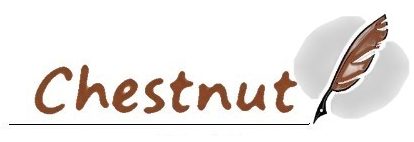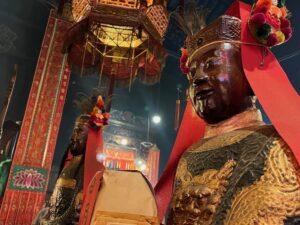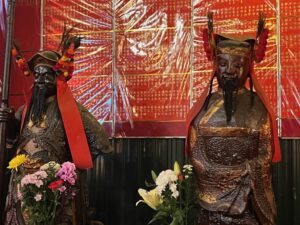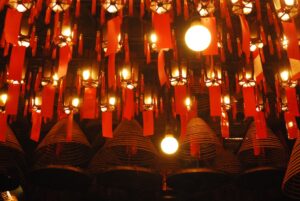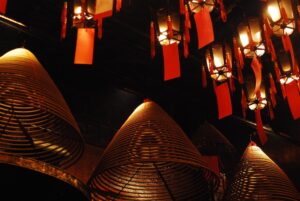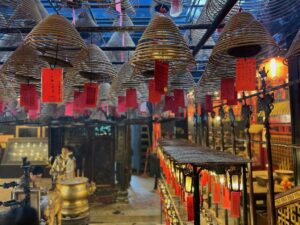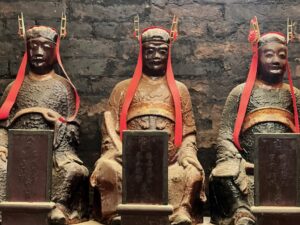The Man Mo Temple of Sheung Wan
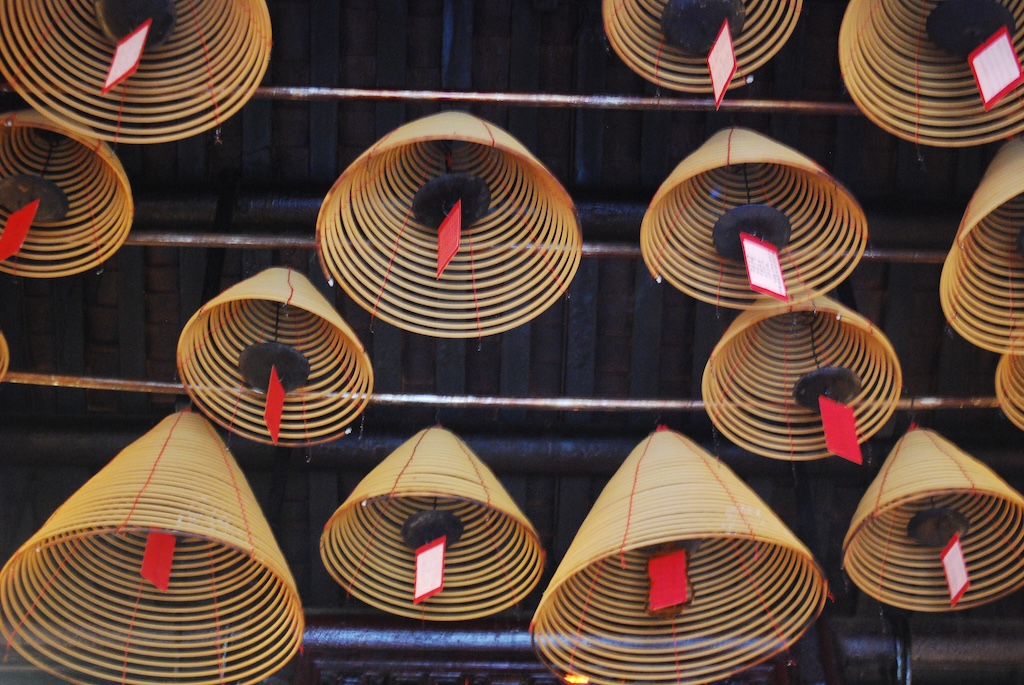
The Man Mo Temple is one of the earliest temples established in Hong Kong Island. Two wealthy Chinese merchants came up with the funds to build it between 1847 and 1862. Standing on Hollywood Road in Sheung Wan, Man Mo Temple bears witness to the lives of those Hong Kong Chinese that lived in the Sheung Wan area in the early colonial times till the present. As a place where most Chinese residents of Sheung Wan frequent, the Man Mo Temple was more than a place of worship. It once was the venue for meting out justice and resolving civilian disputes.
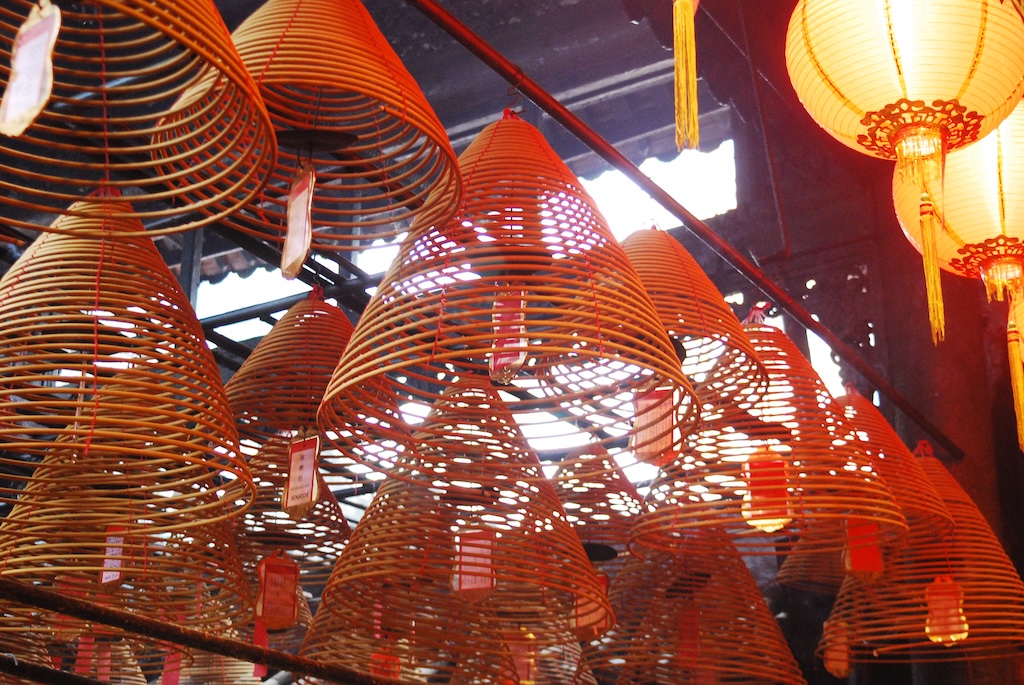
If you would like to see just one or two temples of significance in Hong Kong Island, my suggestion is to visit the Man Mo Temple in Sheung Wan or the Lin Fa Temple in Tai Hang.
Sheung Wan became an area where the early Chinese residents of Hong Kong congregated, locating west of then Victoria City, which included most of the now-Central district. In those days, Victoria City was exclusively European and British in its composition. The Sheung Wan area had a business district for the Chinese shops close to the harbor front. The inland area was where the Chinese people lived.
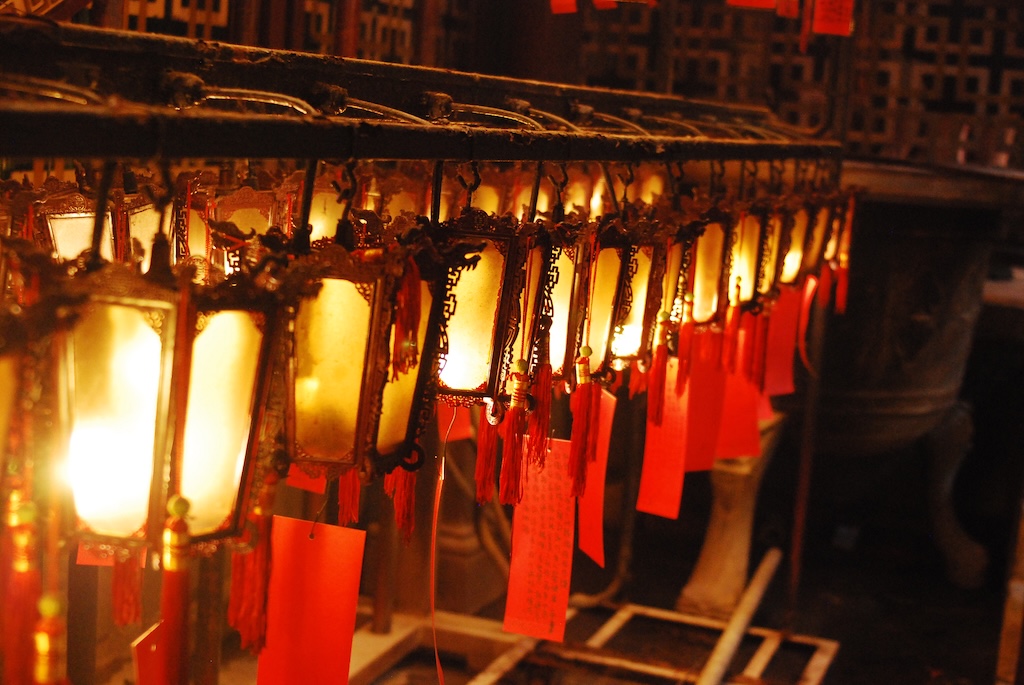
The Three Chambers of the Man Mo Temple
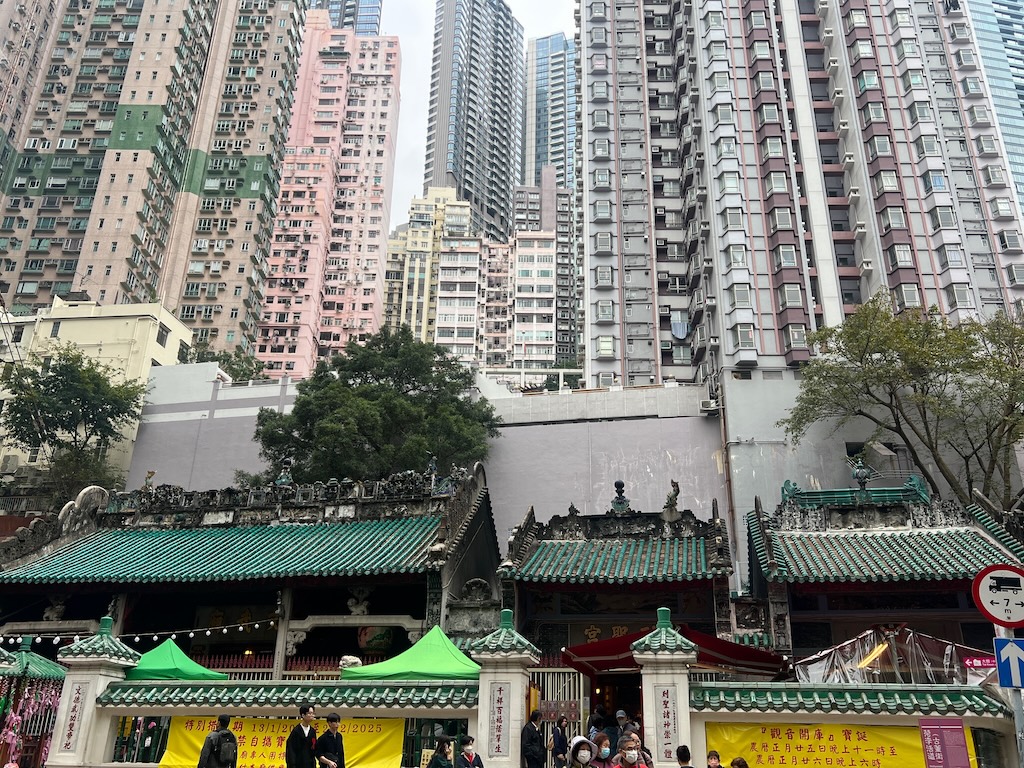
The Man Mo Temple compound of Sheung Wan consists of three separate but abutting blocks. The largest chamber is the Man Mo Temple. The middle, smaller block is called Lit Shing Kung, meaning “all saints” in Chinese. Finally, on the westernmost end stands the Kung Sor, which served as an important community hall.
The Man Mo Temple
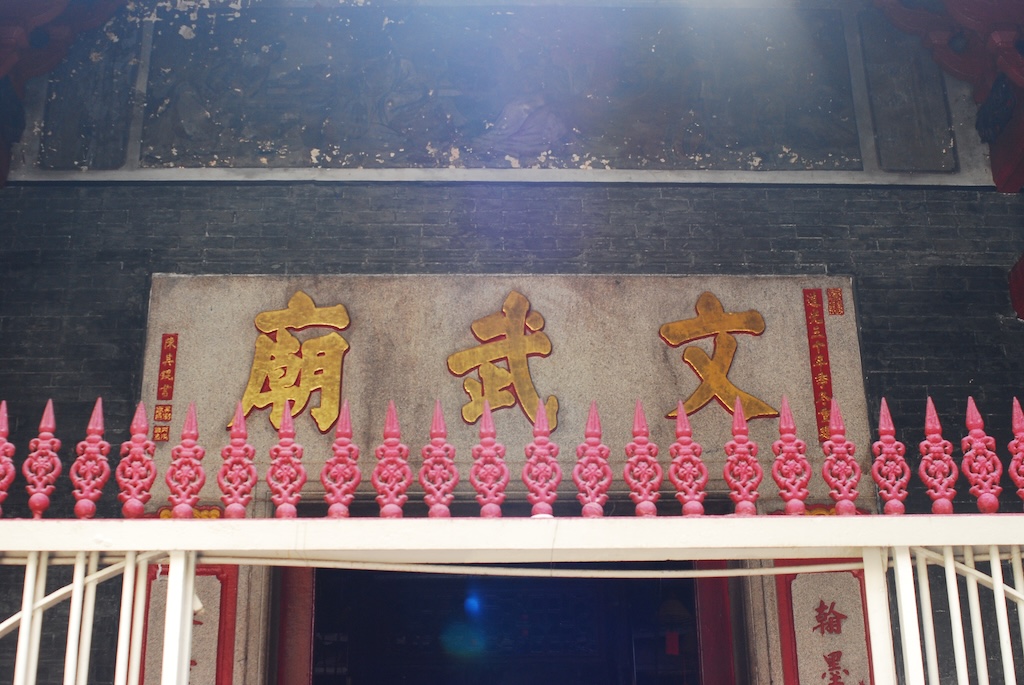
As the largest of the three blocks, the Man Mo Temple was particularly crowded in the early days of the Lunar New Year. The two gods that are the resident deities there are the Man Cheong and the Mo Tai.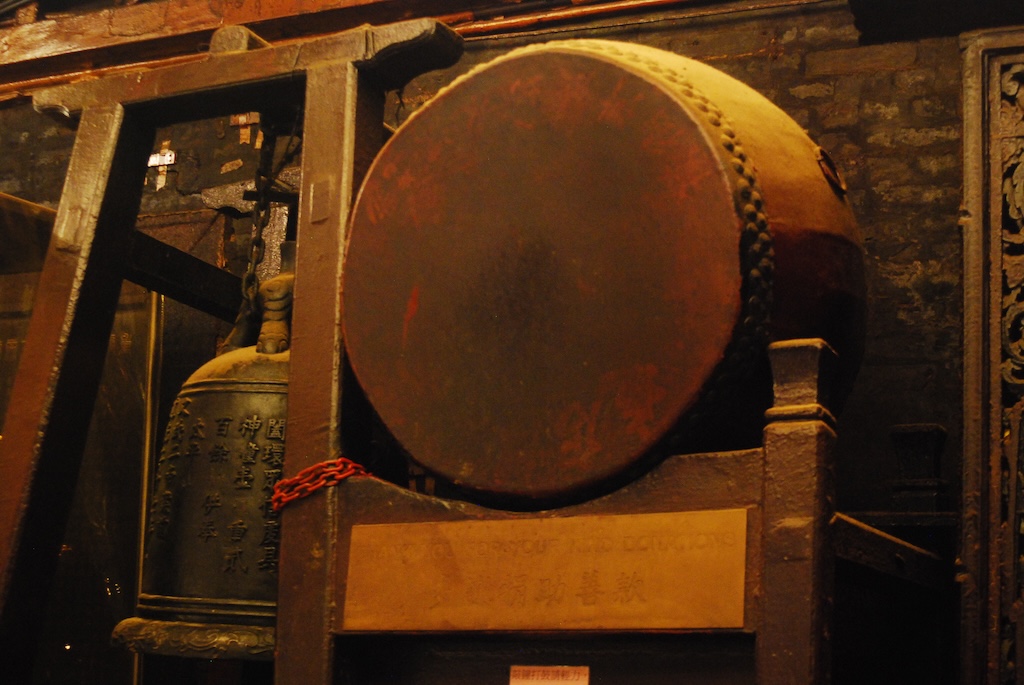
Man Cheong, meaning the god of literature, is a legend from as far back as the Qin dynasty. His name was Cheung Ah Tse, born in 287 A.D. It is said that during his lifetime, he had power over the government officials of the Qin dynasty. As such, he was traditionally the god of reverence for those who aimed high in the imperial civilian examinations. Man Cheong was deified as “Man Tai” by an emperor in the Yuan dynasty.
Mo Tai, meaning the god of war, is a legend from the three kingdoms period. His name was Guan Yu, born in 160 A.D. He was a great warrior and had the reputation for being loyal and righteous. As such, he was traditionally the god of reverence for both the police and the bandits. Historically, Mo Tai was very often the deity by which brotherhood or fraternity were sworn. Guan Yu was deified as “Mo Tai” by an emperor in the Ming dynasty.
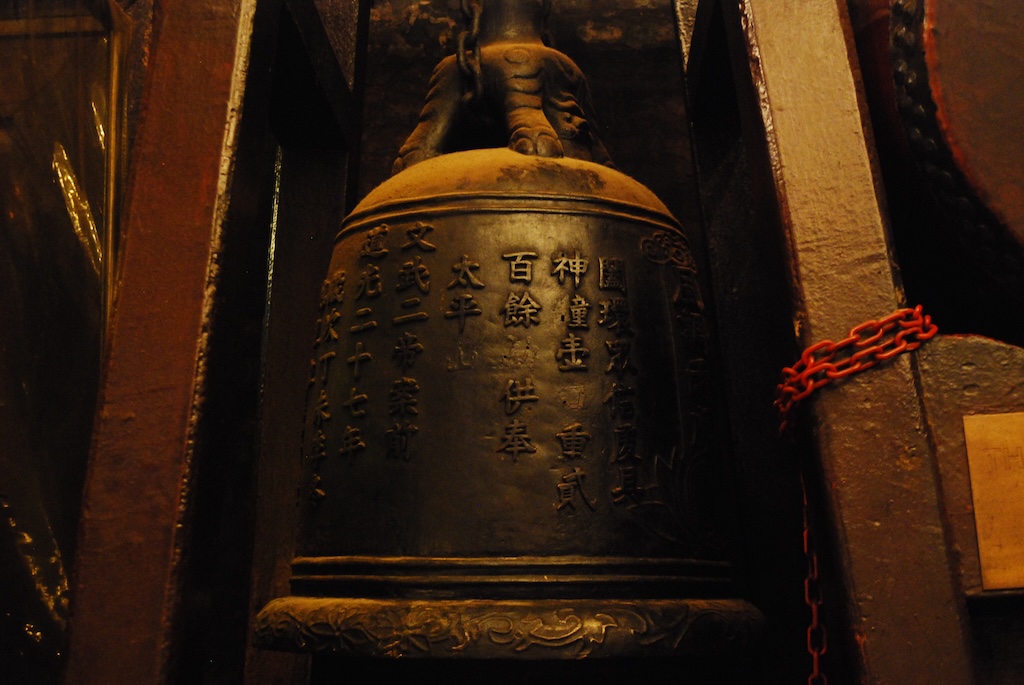
As with all old temples in Hong Kong, the temple bell and drum are the artefacts that indicate the temple’s year of establishment. In Man Mo Temple, the Qing era bronze bell was cast in 1847. Followers may beat the old drum at Man Mo Temple, but perhaps in light taps only.

The Lit Shing Kung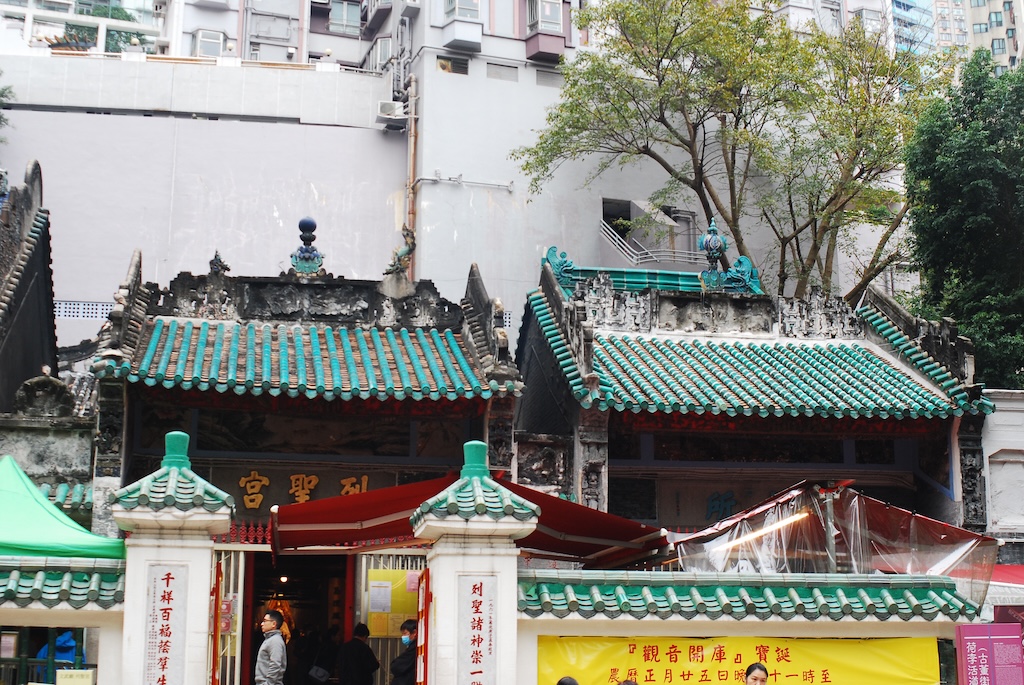
The Lit Shing Kung is for the worship of all other deities, including Kwun Yam. Due to the smaller space there, it felt like it was even more crowded than the Man Mo Temple next door.
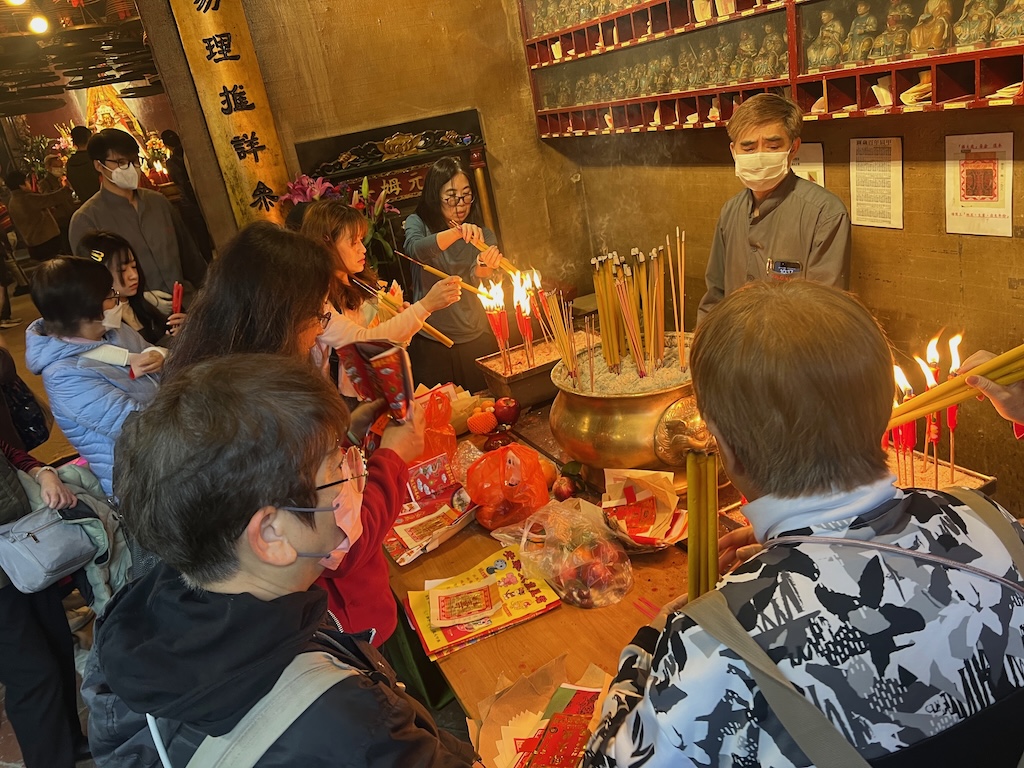
Kung Sor
During the early colonial times, the way that the Chinese people took oath was by “burning the yellow paper” and “chopping off the chicken’s head.” By taking these oaths the Chinese people are bound by their declaration and it was an effective legal oath. However, this proceeding must be held in the Man Mo Temple.
There was a monetary dispute between two wealthy merchants that the Hong Kong courts at the time did not manage to resolve. The two parties involved were told to take it to Kung Sor. As the story goes, both the plaintiff and the defendant refused to swear by the “chopping off the chicken head” ceremony. The plaintiff was then determined to be unreliable by refusing to swear by the Chinese oath first, as such failing to state his case. The Hong Kong court decided that he lost the case.
Some Architectural Features of the Man Mo Temple
The Man Mo Temple exhibits many aspects of traditional Chinese temple architecture. On the green tiled rooftop, there are beautiful figurines made of clay, traditionally depicting a scene of religious, cultural or folkloric significance.
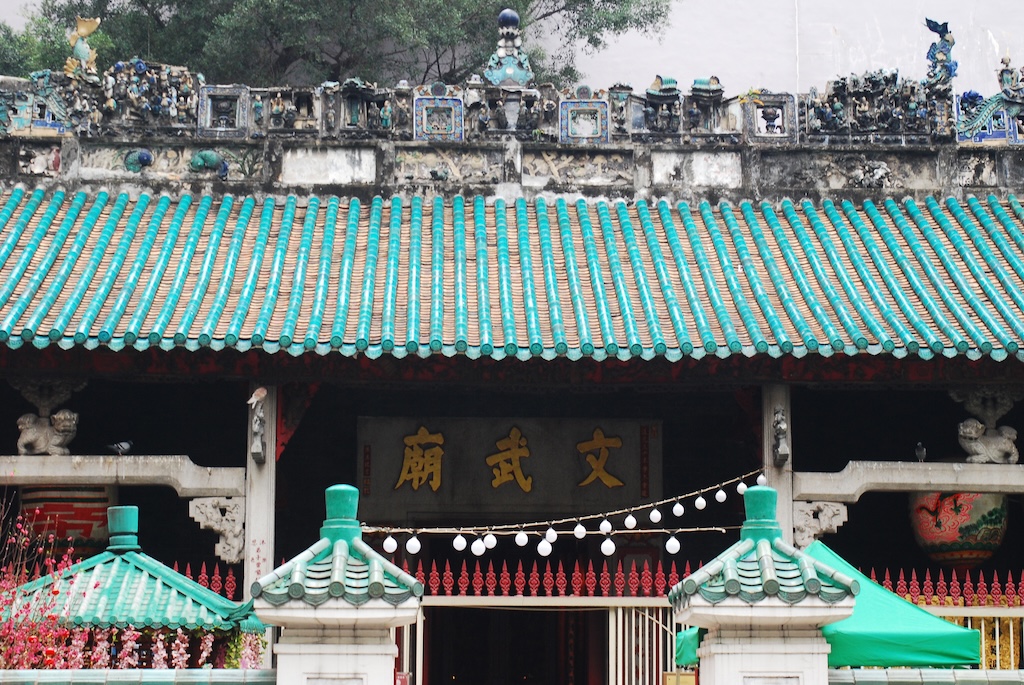
The Man Mo Temple comes with a Chinese pitched tiled roof. It has a 2-hall, 3-bay layout. In keeping with tradition, the rear hall, where the altars of the deities are placed, stands on a higher platform than the front hall.
There is a screen door at the front hall of the Man Mo Temple.
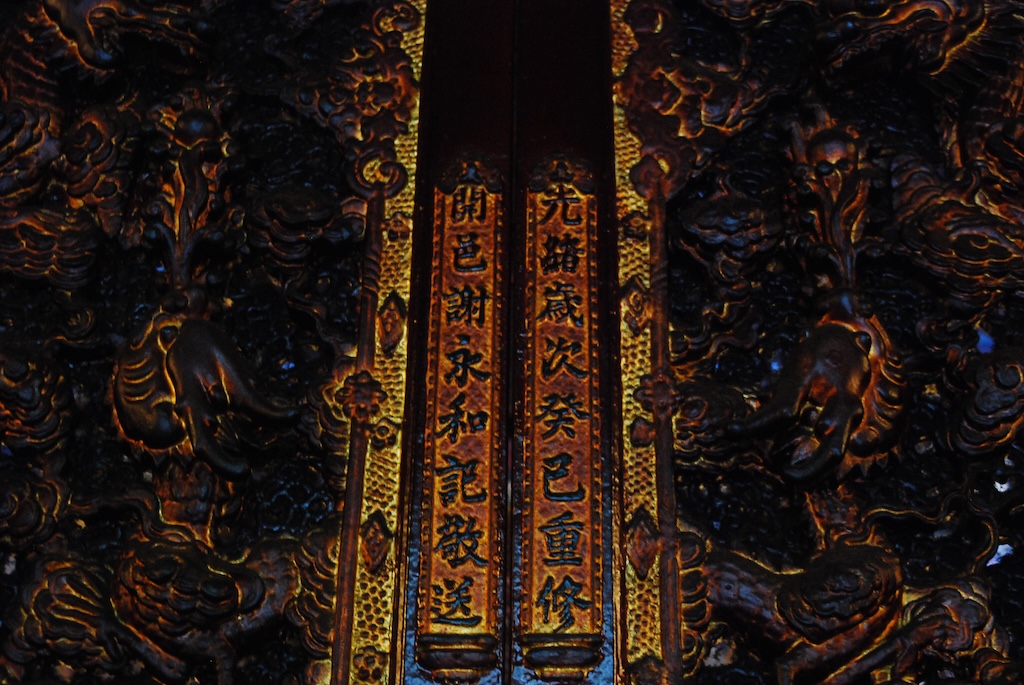
The Man Mo Temple’s Community Significance Today
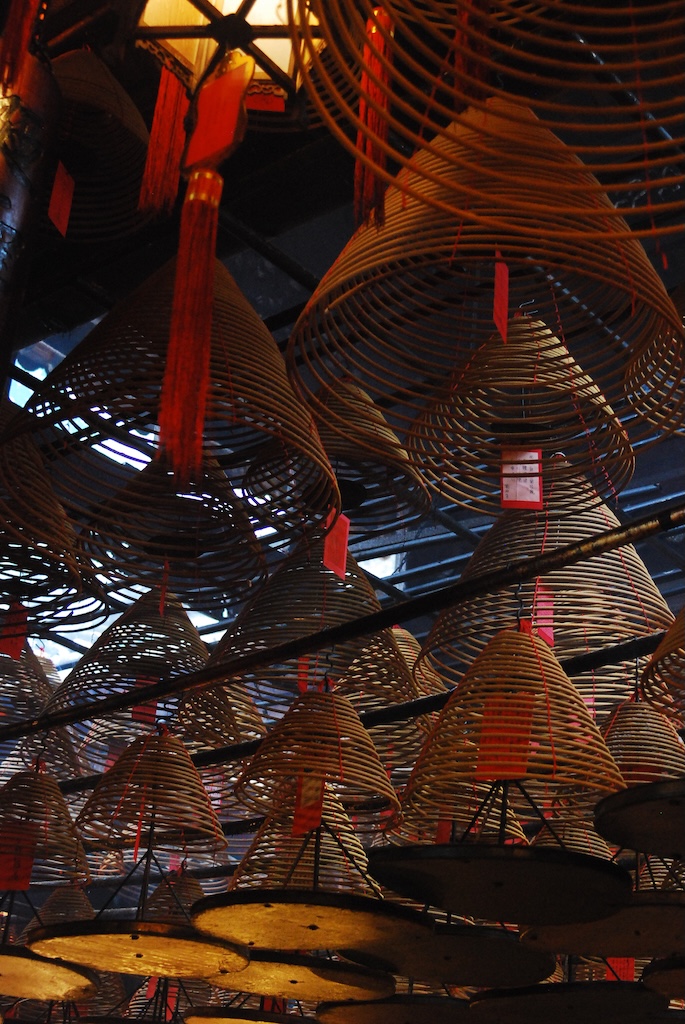
The Man Mo Temple is a declared monument since 2010. The Tung Wah Group has managed the Man Mo Temple pursuant to the Man Mo Temple Ordinance of 1908. Apart from the regular expenditures of the temple, such as annual religious ceremonies and maintenance and restorations, the Man Mo Temple is committed by law to donate its revenue (named Man Mo Temple Fund) to charitable causes, including education and the hospitals of the Tung Wah Group of Hospitals.
The community leaders of the Tung Wah Group of Hospitals still visit the Man Mo Temple for autumnal rites every year, and pray for the prosperity of Hong Kong. The Man Mo Temple is also frequented by some Hong Kong celebrities.
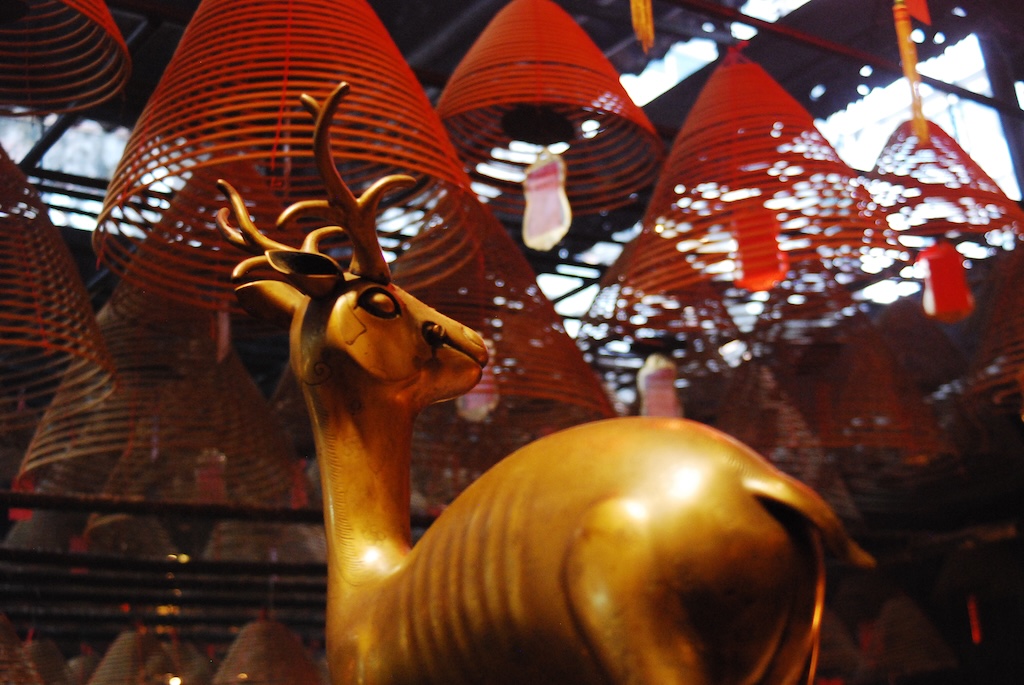
Finally, the Man Mo Temple of Tai Po is also a declared monument. There will be another entry about that temple.
Sources
The Official Website of Man Mo Temple.
The Hong Kong Tourism Board, Man Mo Temple.
The Man Mo Temple Ordinance (Cap 154).
Antiquities and Monuments Office, Man Mo Temple Compound.
The Wikipedia on Man Mo Temple of the Tung Wah Group of Hospitals (Chin).
Tune Wah Group of Hospitals, Man Mo Temple.
